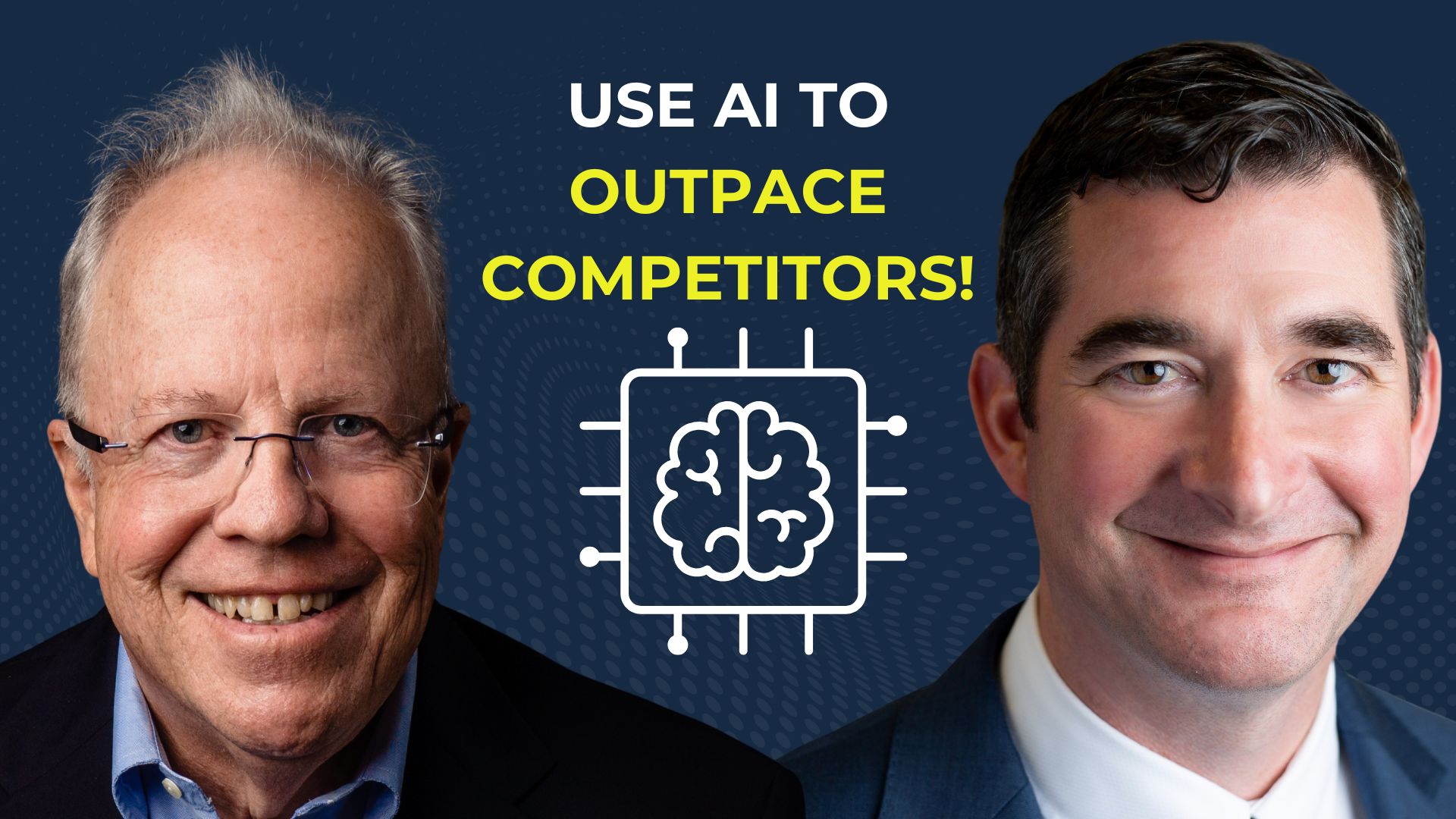Designing Customer Satisfaction: Strategies to Build Brand Loyalty
Creating high customer satisfaction isn’t just a nice-to-have—it’s the foundation of successful businesses. But how do you go from simply making a sale to building lifelong loyalty? In this episode of the $4M Strategies™ podcast, Carl J. Cox, CEO of 40 Strategy and 40 Accounting. interviews Isabelle Mercier, CEO of Leap Zone Strategies, to explore how businesses can design customer satisfaction intentionally.
Isabelle brings years of experience in helping businesses create memorable customer experiences. She also shares her insights into the 8 emotional buying drivers and how understanding these can help businesses build stronger connections with their customers.
Why Customer Satisfaction Matters
Customer satisfaction isn’t just about getting good reviews. It’s about creating trust and loyalty. When customers trust your brand, they’re more likely to return, recommend your services, and become advocates for your business. Isabelle reminds us that when you “wow” a customer, you don’t just win a sale—you win their loyalty for life.
Businesses that focus on customer satisfaction see results in two main ways:
- Increased revenue: Happy customers are more likely to buy again and spend more.
- Stronger brand loyalty: Satisfied customers stick with your business even when competitors offer lower prices.
Key Insights from Isabelle Mercier
Isabelle outlines the steps any business can take to create high customer satisfaction. Here are some of the highlights:
Know the 8 Emotional Buying Drivers
Isabelle identifies eight key reasons people make purchasing decisions. These drivers are emotional, not always logical, and they play a big role in why people choose one brand over another.
- Validation: People want to feel like they made the right choice.
- Avoiding Remorse: Buyers fear making mistakes and regretful decisions.
- Decision Anxiety: Some people feel overwhelmed when making big decisions.
- Feeling Special: Customers want to feel unique, like they are part of an exclusive group.
- Loving the Process: For some, shopping is enjoyable and even exciting.
- Hating the Process: Others want to skip the process and just “get it done.”
- Being First: Many customers love being early adopters of new products or services.
- Seeking Knowledge: Some people want all the facts and details before making a decision.
When you understand which of these drivers affect your customers, you can tailor your approach to meet their needs.
Proactive Customer Experience vs. Reactive Service
Isabelle explains the critical difference between these two approaches:
- Proactive Customer Experience: You anticipate what your customers need and provide it before they even ask.
- Reactive Service: You only solve problems after they happen.
Proactive customer experiences leave a lasting impression. By focusing on proactive strategies, businesses can create “wow” moments that customers will remember.
Transforming Teams into Brand Ambassadors
Every interaction with a customer is an opportunity to build trust and loyalty. Isabelle shares an example of a courier company that transformed its drivers into brand ambassadors. Instead of just delivering packages, the drivers were trained to be helpful and approachable, turning every delivery into a positive experience.
This change resulted in a 27% increase in new customers. Why? Because the drivers weren’t just employees—they were representatives of the brand.
Practical Steps to Design Customer Satisfaction
To implement Isabelle’s strategies, consider these steps:
- Step 1: Understand Your Customer’s Emotional Drivers: Conduct surveys, gather feedback, and listen to what your customers really want. Do they need more information before buying? Are they looking for reassurance? The better you understand their emotional needs, the better you can meet them.
- Step 2: Train Your Team: Everyone in your business should know the importance of customer satisfaction. Train your team to identify emotional buying drivers and respond accordingly. Help them understand how their actions contribute to the customer experience.
- Step 3: Focus on Proactive Experiences: Don’t wait for customers to complain. Look for ways to improve their experience from the start. Whether it’s a follow-up email, a quick response to questions, or offering helpful advice, small proactive steps can make a big difference.
- Step 4: Measure and Improve: Isabelle emphasizes the importance of continuous improvement. Customer needs change, and businesses need to adapt. Regularly review your customer satisfaction metrics and look for areas to improve.
Real-World Example
A courier company used Isabelle’s strategies to improve its customer satisfaction. By transforming its drivers into brand ambassadors, the company turned everyday interactions into memorable experiences. This simple change led to a significant increase in customer loyalty and revenue.
The takeaway? When your team actively contributes to the customer experience, the results speak for themselves.
Why This Matters to You
High customer satisfaction isn’t a one-time effort—it’s an ongoing commitment. By designing customer satisfaction into your business processes, you can:
- Build a loyal customer base.
- Increase repeat purchases.
- Strengthen your brand’s reputation.
And the best part? It doesn’t have to cost a fortune. As Isabelle says, “Helpfulness is good for business—and best of all, it’s free.”
Final Thoughts
Creating high customer satisfaction takes effort, but the rewards are worth it. Customers who feel valued will return, spread the word about your brand, and help your business grow.
Ready to start building better customer relationships? Listen to the full episode of the $4M Strategies™ podcast with Isabelle Mercier to learn more.
Free Download from Isabelle: Competency Deck
Listener Feedback:














